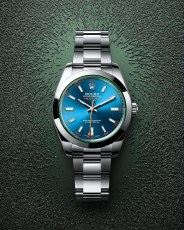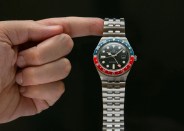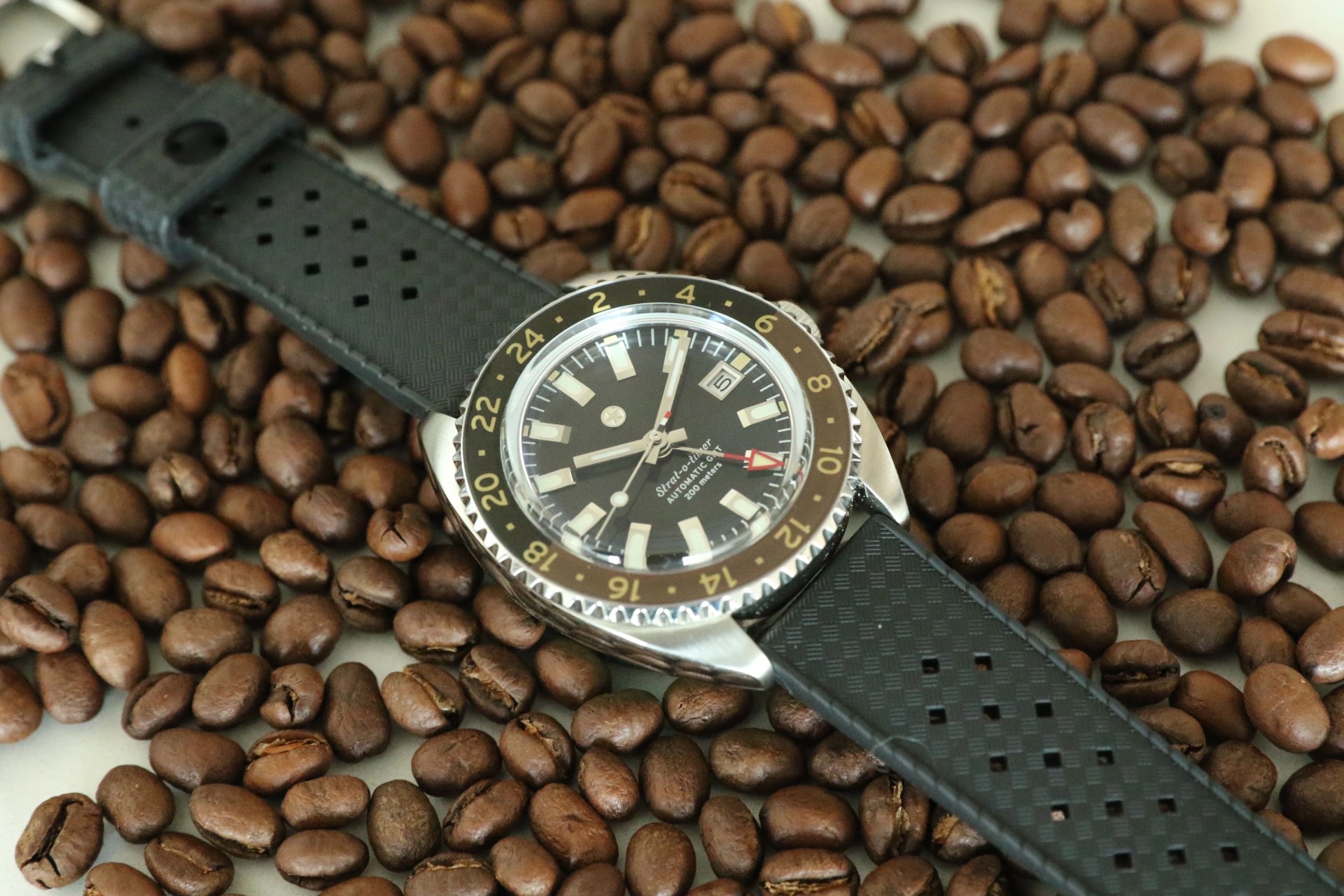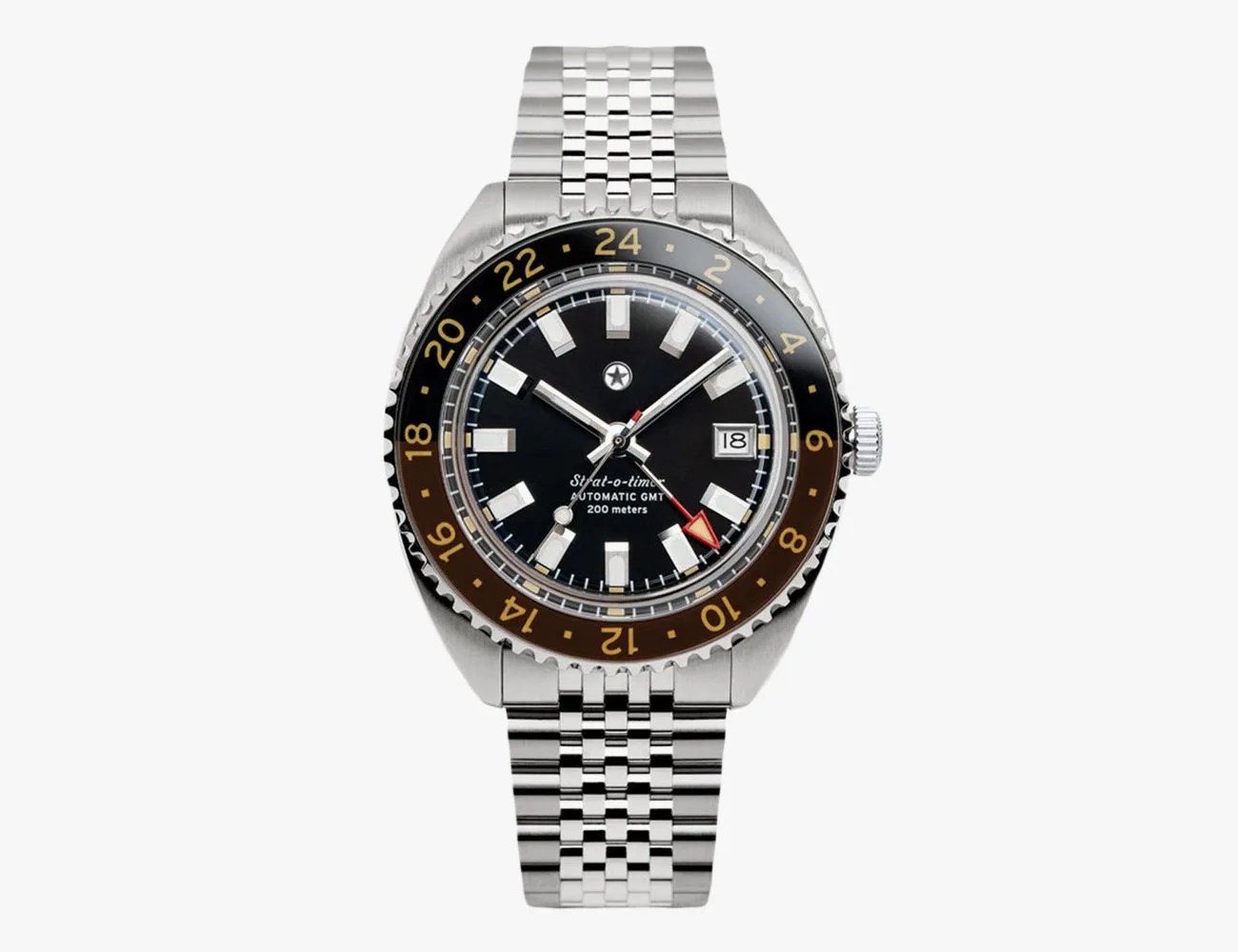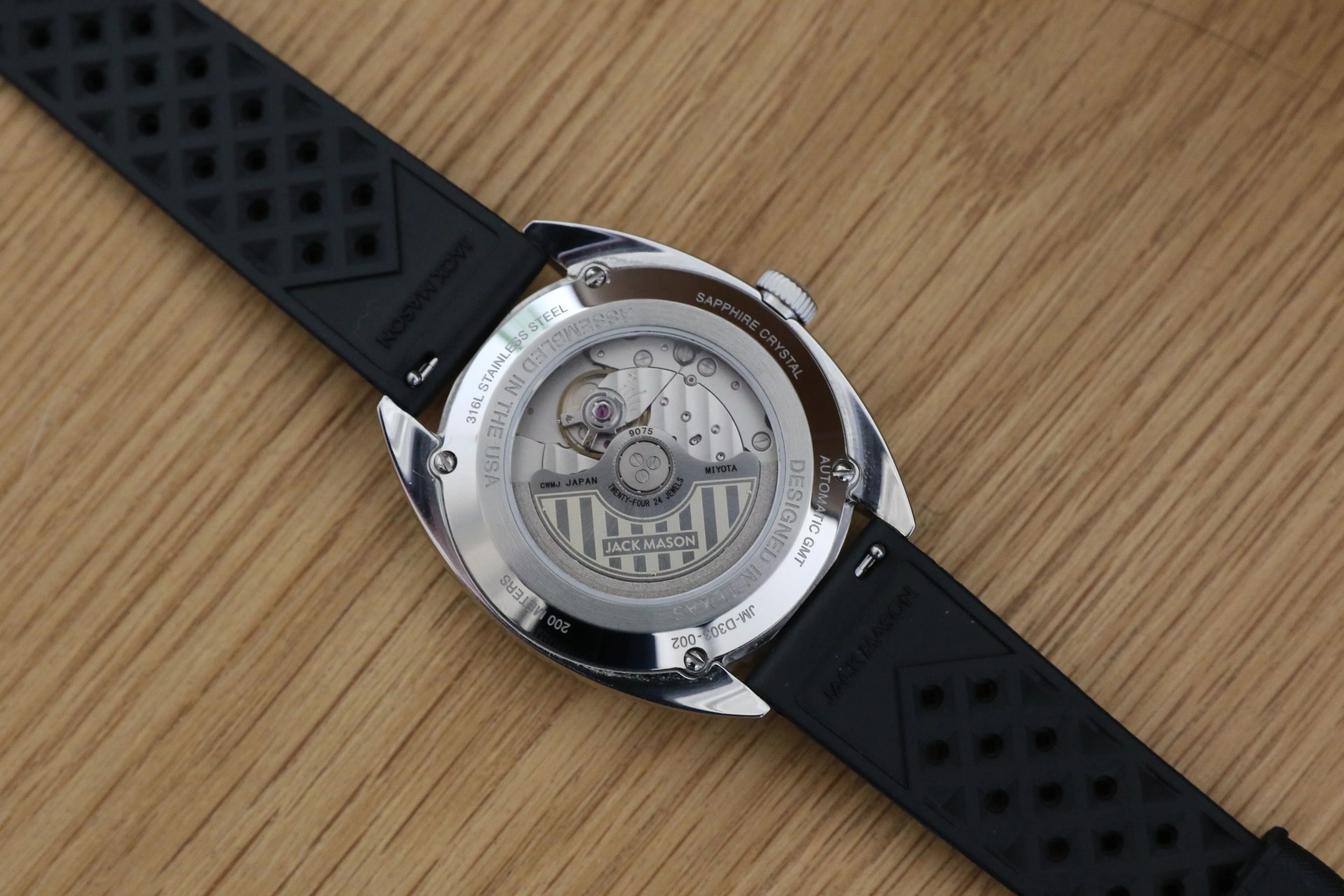“I hope I’m not going to hurt your feelings,” I began my interview with Jack Mason co-founder and designer Peter Cho, “but I never really considered Jack Mason watches before the Strat-o-timer came along.”
I’m a watch enthusiast. I like watches that are made with enthusiasts in mind. That means I have certain expectations regarding specs, fit and finish, movement, and functions, in addition to how a watch looks. From its conception in 2015 until recently, Jack Mason was what’s known as a fashion watch brand. It should be stated that there is nothing inherently wrong with being a fashion watch, but among watch enthusiasts, a fashion watch is objectum non grata.
Fashion watches are designed primarily for aesthetics and aimed at consumers who really only care about how a watch looks. They tend to be affordable — sometimes disposable — and can be found at your local mall or department store. Dallas-based Jack Mason made a lot of good-looking, quartz-powered fashion watches sold at retailers across the country for affordable prices, and they had a lot of success doing it.
But times have changed, and so has Jack Mason. The brand launched the Strat-o-timer GMT in October of 2022, and it caught my attention immediately. While the watch snob side of me tried to dismiss the watch when it first began making the rounds on the watch blogs and YouTube — It’s a Jack Mason. They’re a mall brand. How good can it be? — the design and the lengthy spec sheet began to pique my curiosity.
To learn more about our testing methodology and how we evaluate products, head here.

